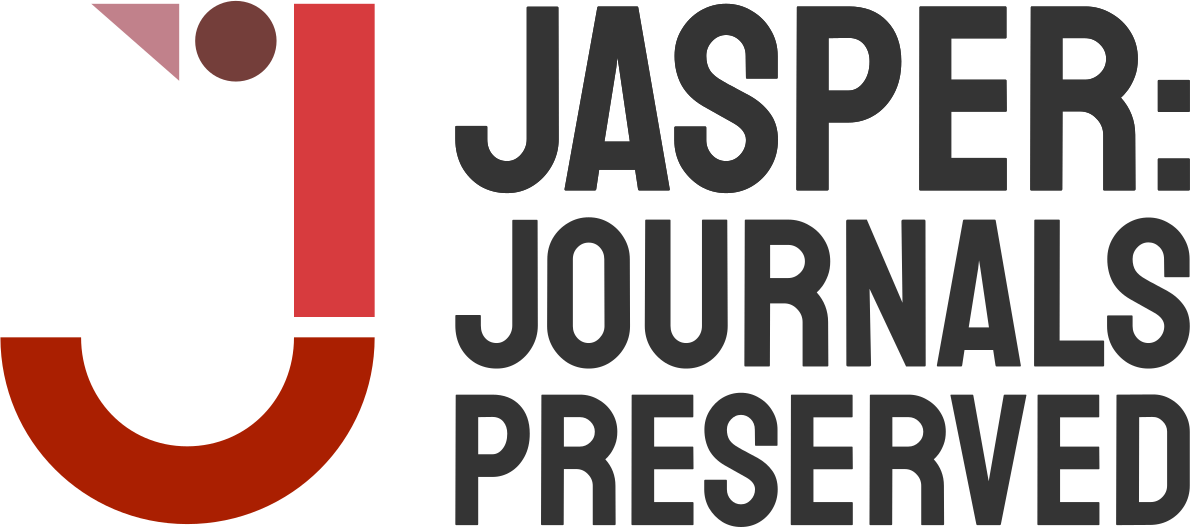Project JASPER was announced on World Preservation Day in November 2020.
The initiative was launched by le DOAJ, CLOCKSS, Internet Archive, Keepers Registry and Public Knowledge Project to start addressing the problem of open access journals disappearing from the web. We thought it was time for another update on what has been going on behind the scenes over the last few months.
Initially a scoping exercise, Phase One has subsequently seen the project partners design, implement and test a process for workflow efficiencies, capacity and usability. Articles from a number of journals have been ingested and documentation has been updated. Along the way, knowledge has been gained and valuable lessons have been learned
The lessons relate to this project and preservation, but some may also apply to other publishing-related needs that smaller journals find challenging so we thought it would be useful to record our learnings and share them.
On the positive side, we have seen that:
- Journals, hearing of our work, have made contact and are keen to be involved
- Journals that have successfully completed the process have mentioned how happy they are to be archived
- The first JASPER-indexed journal has received a DOAJ Seal. One criterion for the Seal is having the journal content preserved in a Long term digital preservation (LTDP) service and thanks to JASPER, Alphaville is now archived with CLOCKSS
- The JASPER collaboration is directly in line with recommendations made by the landmark ‘Open Access Diamond Journals Study’ published in March 2021
- The work has attracted the interest of industry bodies such as COPIM, the Library Publishing Coalition, and OASPA
The challenges uncovered include:
- recruiting journals to the project (we hope translation of materials as well as securing funding may help attract even more journals in Phase 2)
- the slow and manual reality of onboarding some journals. For example, lengthy consultations are needed by some journals and their parent organisations to reach an agreement to initiate archiving
- the lack of article metadata in DOAJ for some journals keen to be archived
- journal editors sometimes find it difficult to identify and connect with the correct person in their organisation to sign a contract with a preservation agency
- For Phase One, where we are focussing on journals with no revenue streams, there was a difficulty in understanding the information that DOAJ has on how a journal is funded
Next up for Project Jasper is a funding drive to enable us to support even more journals and include more preservation agencies. We will soon publish a follow-up post sharing more details about our resourcing and funding so far and plans for JASPER’s future.”
Please email us to register interest in being involved, to send enquiries or receive updates about the latest developments. Please check our dedicated webpage for full information about the project, the partner organisations involved and the project phases.


2 Commentaires